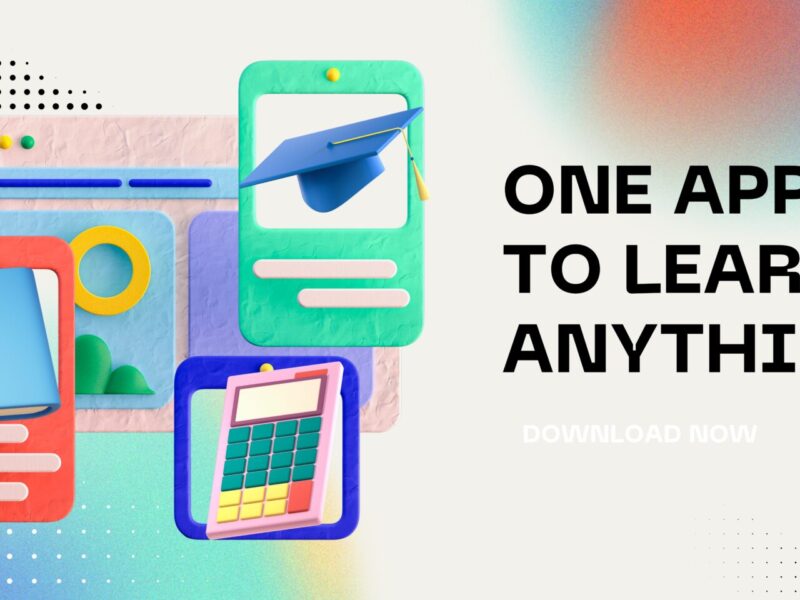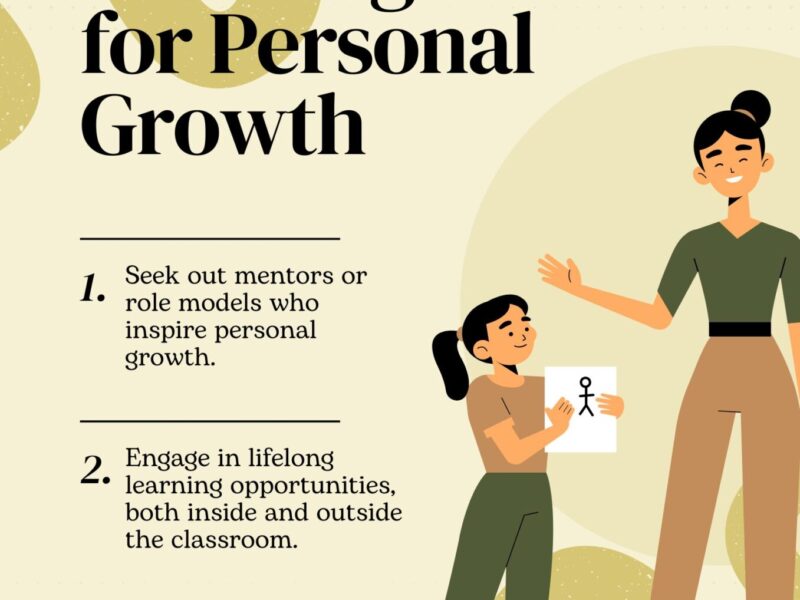As such, as we enjoy the benefits of the internet in as much as there are four walls of a classroom and it is of great convenience, it is almost impossible recreating face to face teaching in such environments. The need for interactivity arises from the fact that people need to get involved, communicate and create a bond between each other in the process of learning.Interactive Tools and Technologies Enhancing Online Learning. The same interactive tools and technologies also reinforce the arguments that online learning is not about just staying inactive and enduring contents b ut engaging with the contents.
Most notable advantages of interactivity most are:
Enhanced Level of Participation: Attention is aroused by interactive content and helps to keep the learners focused.
Improved Remembering Ability: Mnemonics are interactive handle by learners who are presented with such information.
Absorptive Capacity: It calls for the use of interactive medium, which encourages group work, conversation or learning by sharing.
Appraisal of Context: Improvement is helped by evaluation and correction during all stages of training.
2. Virtual Classrooms: At the Center of Interactive E-Learning
A virtual classroom is the same as today’s traditional classroom but in an online format. Thus, it makes use of live video, chatting, whiteboards, screen sharing etc to enhance the learning experience further and make it more active.
Commonly used Virtual Classroom Applications
Zoom: This is popular with many users due to its straightforward use, availability of breakout rooms and screen sharing among others.
Microsoft Teams: It provides integration with office 365, enables sharing of files and teamwork features that are of high quality.
Google Meet: This is users’ friendly and cheap for small classes and informal meetings.
Big Blue Button: It is a virtual classroom designed for the education sector complete with features like polling, note-taking and whiteboard sharing.
3. Gamification: Learning Doesn’t Have To Be Boring
Gamification means that certain game elements are added into a serious learning environment in order to enhance the interaction of the learners. Points, badges, leaderboard as well as challenges make learning an adventurous undertaking as opposed to a boring activity.
Examples of Gamified Tools
Kahoot!: An interactive, game-based learning platform that helps teachers make learning fun for their students through quizzes.
Duolingo: A language-learning app integrated with gameplay through elements of streak, achievements and rewards.
Classcraft: Turns the classroom into a game by making it a role play game (RPG) and encouraging bonding among pupils.
4. Learning Management Systems(LMS): Hui for All Interactivity
Learning Management Systems (LMS) provide the ability to host, create, and deliver education through web-based courses. Present Day LMS comes with interaction enhancers.
Top LMS Platforms
Moodle: One of the best platforms which is open source and comes with forums, quizzes and collaborative tools.
Blackboard: Contains a wide array of interactive elements like board discussion and virtual classes.
Canvas: Popular for its user-friendliness and the ability to integrate multimedia content.
Edmodo: This is an example of a social- learning platform or how social networks can be incorporated into the learning process of a classroom.
5. Augmented Reality (AR) and Virtual Reality (VR)
The AR and VR are modern and shakes how learning takes place on the internet today as it makes it more engaging. These technologies enable learning spaces to be filled with images created by computer graphics enabling a better appreciation and understanding of what would otherwise be dry concepts.
Using AR and VR in Classrooms
No more effete lecture conduction: Practicing surgery-related and other medical skills.
History and Geography: Aerial and hiking explorations of several historical and geographical landmarks.
STEM Learning: Energetic performance of virtual science experiments.
Prominent Devices
Google Expeditions- this application allows students to encircle the globe virtually, thanks to the use of VR.
zSpace- uses Virtual Reality (VR) and Augmented Reality (AR) as learning enablers in courses that involves science and engineering M.
Merge Cube: this is an increasing handheld gadget courtesy of Cameo AR visualises models in three dimensions.

6. The Role of Artificial Intelligence (AI) in E-Learning
For instance, AI-based applications provide educational content that matches the psychographic, behavioral and other characteristics of the particular learner. Astri polipsis aids in the assessment of learning as well as advertising the educational performance of the pupil by providing relevant and targeted zones of information.
Automation of Learning Processes
Chat-bots: They give quick responses to where a student has a question, or seek specific content and help to navigate them through the course.
Adaptive Learning Systems: DreamBox, Smart Sparrow.
Professional Proofreading Services: Grammar Check, Quillbot.
7. Tools for Joint Learning
Group work is an integral aspect of the in-depth learning process. In this era of the internet, such means of group work are available under the web-based learn the system, so the students are not expected to be present at the same location.
Ahead of the Curve Collaborative Tools
Google Workspace – Google Docs, Sheets, and Slides are collaborative tools that allow multiple users to work on the same document at the same time.
Padlet: It is an online programm which acts as a pin board for ip gathering and sharing contents’ information.
Trello: It helps the students in organizing group projects and their assignment workflow.
8. Platforms for Interactive Video Content
Interactive videos are now becoming popular in video lectures as they not only allow embedding of questions after certain sections but also inclusion of other elements such as links, discussions and even video segments.
Leading Interactive Video Tools
Edpuzzle: A tool serves education by providing an option to add several questions and remarks during a certain video.
H5P: Tools used for design content such as interactive videos with various plot directions.
Vialogues: This enables students in talking with their classmates about the video content as well as how they affect everything else while the video is played.
9. ICT Tools for Assessment and Feedback
Learning goes hand in hand with assessment. The use of interactive tools makes assessments more fun and provides feedback instantly which enables learners of all kinds to know how far they have ventured within a given period.
Popular Tools
Socrative: is a formative assessment tool allows for quizzes and provides feedback in real time
Quizizz: An entertaining quiz that encourages users to take part.
Poll Everywhere: A tool that enables teachers to solicit responses from their students in real time.
10. Learning Management System
These types of social learning platforms are aimed at learning but can also be considered as social networks where students are able to communicate, share and learn.
Notable Platforms
Flipgrid: an app where students respond to prompts in short video format, promoting creative engagement.
Discord: has grown from just a gaming platform to one that builds communities of learners
Edmodo: a social network used as a platform for teaching learning and content distribution
11. Features Providing Accessibility
Accessibility of education and its components is one of the principles of distance learning. Interactive accessibility features make it possible for learners with disabilities to engage actively.
For Instance
Screen Readers: Such as JAWS and NVDA for blind students.
Captioning Tools: Services of automatic transcriptions like the Otter.ai and Rev.
Translation Tools: Use of Google Translate for students who do not speak the same language.
12. Instruments for Analysing and Reporting
The latest generation of advanced analytics tools gives insight to educators about students’ interaction, activity, and performance. This makes it possible to apply optimally targeted measures and to improve the course program.
Highlighting Tools
Tableau: Designed to provide a visual representation of complicated data.
Google Analytics: Monitors how users interact with their websites.
LMS Analytics: Inbuilt reports on systems like Canvas and Blackboard.
13. Applications for Learning with the help of Mobile Devices
With the advent of mobile applications, learning has been made more convenient as the students can learn at any place and at any time.

Best Applications
Coursera: Mobile digital device platform provides courses of renowned universities.
Udemy: A large number of available courses with engaging tests.
Quizlet: An application for learning through flash cards while being mobile.
14. The Uses of Blockchain Technology in E-Learning
The most important aspect of blockchain technology is the ability to enhance the security of online credentials, which is particularly useful in online based certification courses.
Applications
Indelible Records: Easily securable documents such as professional and academic transcripts.
Flagging: Enabling low cost payment for a single course piece of content.
Smart Contracts: Managing the enrollment for the courses and grading.
15. The Landscape of Online Learning in the Future
With the advancement of technology, the degree of interactivity that will be incorporated in the online learning is infinite. The future shall see trends such as:
Holographic Classrooms: Making use of both AR and VR to give the experience of real life.
Mentors Created by AI: Teaching assistants that are enhanced by AI.
5G Technology: Supporting smooth streaming and smooth interaction.
Tangible or Digital Interactive materials: Which One Do You Prefer
The modern resources and methods have an impact on the existing systems of education, especially concerning distance learning making it interesting, individualized, and efficientTechnology has far-reaching effects in the sense that it allows educators to design education systems that accommodate a particular learner’s unique demands. With the continuing of inventions and more learning materials being uploaded on the cyberspace, it is a bit difficult to avoid the positive perspective that online leaning is going to revolutionize the education sector around the globe.

